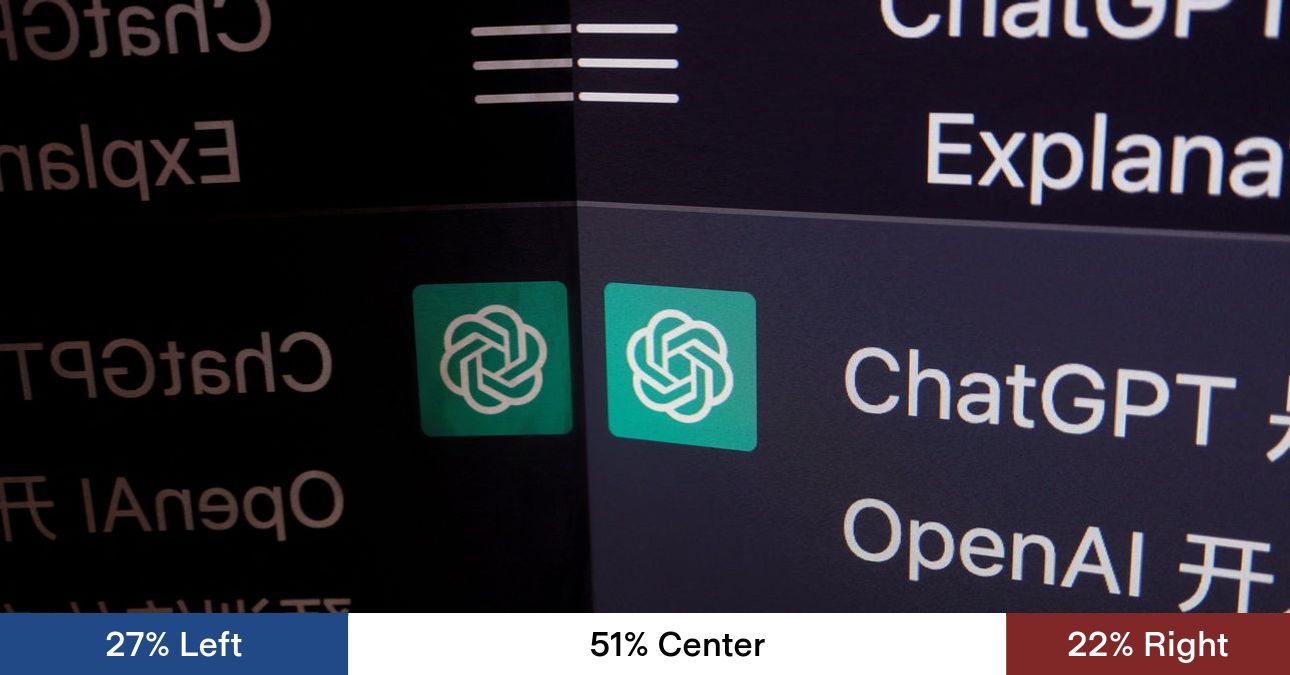My Position On AI Tools and TheChocolateLife

AI tools are becoming increasingly capable and prevalent. As a publisher, there is enormous pressure on me to use AI tools to generate content ⋯ bigger, “better,” faster, and more. In this post, I will share how AI tools are used when producing posts and images for publication on TheChocolateLife.
Introduction
AI: Artificial Intelligence. No matter what you think of the currently available tools and how they are used (and misused), they are not going to go away; at least not anytime soon.
Recent research suggests there is the possibility that the use of AIs risks making some of us, especially younger people, more gullible and lazy:

As with most technologies, in my experience, most technologies, by themselves, are neutral; it’s how they are represented and used that matters in the end.
Can AI do good things? Yes. Are they a panacea that should replace critical thinking? Absolutely not.
General Policy
It is the policy of the editorial team (me, mainly) at TheChocolateLife:
- Not to use AI tools to “create ‘original’” content of any kind for publication on TheChocolateLife.
- However, whenever AI is used, that use will be clearly identified as such[[1]].
[[1]]: There may be a few early uses in 2024 that will take some time to locate and flag. This is an ongoing process. If you find one, please let me know in the comments.
More specifically:
AI Use Case 1️⃣: “Original” Text
LLMs (large language models, e.g., ChatGPT) are NOT used by me or by contributors to write posts for TheChocolateLife. However, AI-assisted writing tools (specifically Grammarly, to check spelling and grammar) are in daily use.
TheChocolateLife sometimes accepts posts written and submitted by third parties. These are always identified using the #Sponsored tag. Sponsored posts may be written, in whole or in part, using LLMs.
AI Use Case 2️⃣: Summarization and Commentary
Every episode of PodSaveChocolate (and before it, TheChocolateLife::LIVE) has an associated transcript (i.e., for YouTube closed-captioning), and we sometimes use LLMs to generate high-level summaries of episodes.
These summaries are sometimes added under bookmarks on TheChocolateLife:LIVE and PodSaveChocolateArchive pages.
In some cases, when YouTube videos are embedded in PodSaveChocolate posts, video summaries are used as part of the run-of-show explainer for the episode. The most recent example of this is in Episode 127: “What Makes a Good Chocolate ‘Good?’”
After Jan 1, 20025, when an LLM tool is used for either summarization or commentary, the policy is to explicitly identify it in context.
AI Use Case 3️⃣: Research
LLM’s are routinely used for researching article topics for publication on TheChocolateLife.
Several recent (at the time of this writing) episodes of PodSaveChocolate – particularly Ep 127 and Ep 126 have relied heavily on LLMs for research, in addition to summarization and commentary.
For example, the lists of questions used in Ep 122 were generated by the Google, DuckDuckGo, and Perplexity search engines, each of which uses AI in different ways. (Perplexity responses cannot be shared via a link and so are not in the post.)
AI Use Case 4️⃣: “Original” Images
Beginning January 1, 2025, generative AI tools (e.g., ChatGPT, Midjourney) are NO LONGER being used to illustrate posts on TheChocolateLife. However, AIs were used to generate images used in posts in 2024.
When we are not using photos taken by the author(s) or guests to illustrate posts, we use photo stock services such as Unsplash and Adobe Stock, identifying the names of the artists with links.

One example of the use of AI to generate some or all of an image is PodSaveChocolateEpisode 57. When an AI is used it will explicitly be identified as shown in the capiton.
AI Use Case 5️⃣: Editing Images
Almost all of the images that illustrate posts on TheChocolateLife have been edited (beyond cropping and resizing) using one or both of two tools: Adobe Photoshop and Luminar Neo. Both of these tools incorporate AI in various forms.
When using Photoshop, the most common use of AI is to remove unwanted (distracting) content using the Remove or Generative Fill tools, depending on the nature of the content to be removed. On rare occasions, Generative Expand is used to change the aspect ratio of an image (that will be used in the Featured position) before cropping to fit.
When using Luminar Neo, the most common uses of AI are for color and contrast correction/ehancement, and on portraits to enhance separation from backgrounds and to eliminate facial blemishes.
It is never our intent to alter original photographic images in ways that make them seem “fake.” The main goals are to remove distracting elements and alter the color palettes to make images more suitable for display on screens, not printed.
For example, after cropping, resizing, and color correcting, the area within the magnifying glass in this post’s Featured image was enhanced using Photoshop’s Unsharp Masking tool. My intention was to emphasize a “sharpened” look through the magnifying glass at the ‘I’ in Intelligence.
AI Use Case 6️⃣: Conversational Agents
As I write this, I am experimenting with a conversational agent that may soon become available on TheChocolateLife (but not the Forums site).
If you click on the avatar with “Ask Me …” under it in the lower right-hand corner of the page (the link in the previous paragraph), you can ask the agent, via a speech interface, questions about what is on that one page specifically, and more generally about TheChocolateLife.
There are many ways agents like this can be personalized and customized, and I am in contact with the founder of the company that’s making this tool available ⋯ a friend and colleague I have known and worked with since the late 1980s ⋯ to discuss their capabilities and limits, and how they can be customized. For example, it is possible to “train” an agent with articles I have written so it better “understands” my actual position on issues. I can also make it sound like me via voice synthesis.
I may end up adding the agent to some or all pages of TheChocolateLife. I may not end up using it at all.
It’s not free to use, and I need to evaluate its usability and usefulness.
Please test the agent out and let me know what you think in the comments.
A Resource You Might Find Interesting
In this video, the host demonstrates some clues as to whether or not what you’re reading was written by an AI.
Disclaimer: One of the quirks that can be used to spot AI writing is the (over)use of em dashes—which are around the width of a lower-case ‘m’—rather than commas to signal to the reader about pauses. For many years I have used en dashes – the width of a lower-case ‘n’ – as a signal to pause longer than a comma might suggest.
I don’t remember precisely when I started using en dashes this way (with a space each side), but it’s probably well before I started writing the manuscript for Discover Chocolate back in 2006. (The use of a personal anecdote is another clue this was probably not written by an AI.)
I may start using the midline horizontal ellipsis ⋯ more often to signal that this is really me writing and not an AI.
